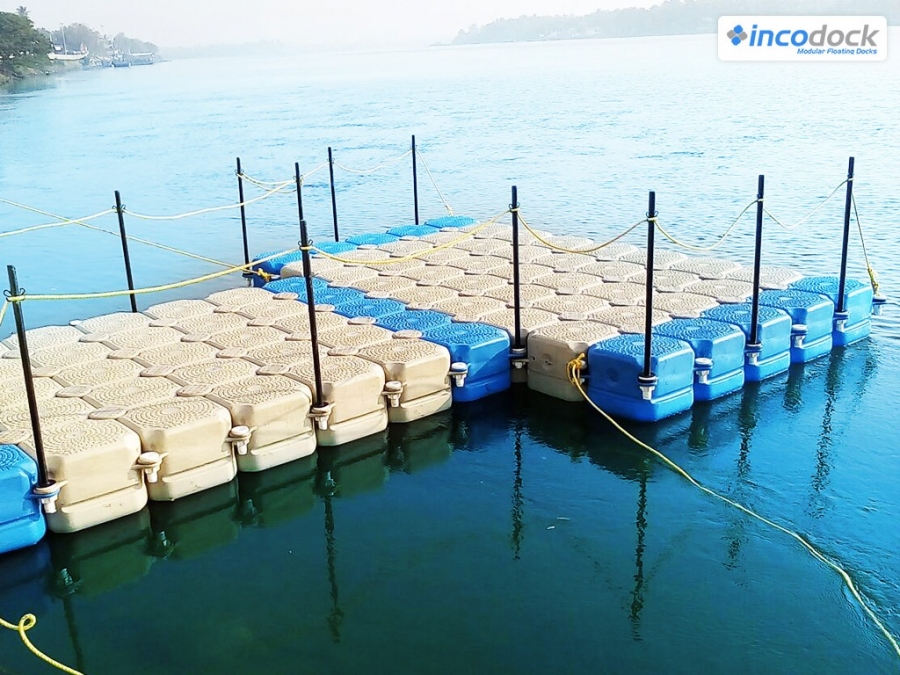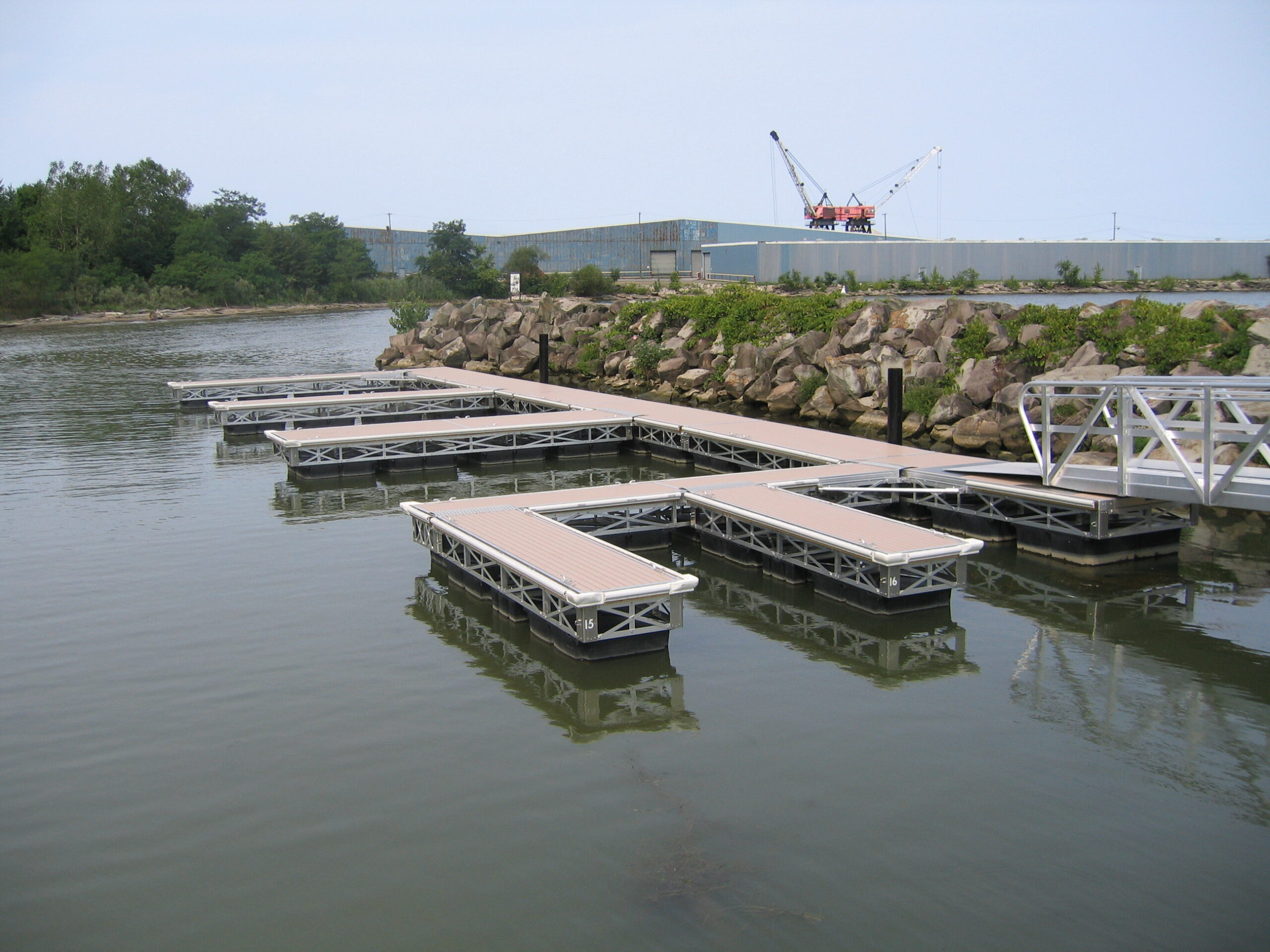Navigating the Options: Selecting the Right Dock Company for Your Floating Dock Job
Navigating the Options: Selecting the Right Dock Company for Your Floating Dock Job
Blog Article
Upgrade Your Beachfront With Long Lasting Floating Docks
Updating your waterfront with resilient floating docks can dramatically enhance both functionality and looks, giving a versatile service for different water tasks. With an array of products readily available, consisting of low-maintenance alternatives and conventional wood, selecting the ideal dock can complement your personal design and fulfill practical demands.
Advantages of Floating Docks
Floating docks deal a wide range of advantages that boost their appeal for numerous maritime applications. Unlike standard fixed docks, floating docks rise and loss with the tide, making certain constant ease of access for watercrafts and watercraft no matter of environmental problems.
Additionally, floating docks are less complicated to move and mount, supplying flexibility for seasonal or momentary use. Their modular design permits customization to fit certain requirements, whether for private marinas, property waterfronts, or industrial applications.
Moreover, floating docks create very little disruption to the aquatic environment, protecting neighborhood communities and minimizing the chance of erosion. They also supply boosted safety and security and stability for users, as their buoyant nature uses an extra flexible surface area than rigid structures.
Additionally, floating docks can assist in a varied array of tasks, such as angling, swimming, and recreational boating, making them a valuable asset for waterside advancement. Their adaptability and functionality make floating docks a favored choice for a selection of marine jobs.
Selecting the Right Products
Selecting suitable materials for floating docks is essential to their longevity, performance, and total efficiency. When selecting products, consider variables such as ecological direct exposure, maintenance requirements, and structural stability. Usual materials include timber, plastic, light weight aluminum, and composite choices, each offering unique advantages and disadvantages.
Timber, while aesthetically pleasing, calls for routine upkeep to avoid rot and degeneration. Pressure-treated wood can boost sturdiness, but it may still give in to water damages in time. Plastic drifts, commonly made from high-density polyethylene, are resistant to corrosion and require marginal upkeep, making them an eye-catching option for low-maintenance applications.
Aluminum is an additional feasible option, recognized for its stamina and light-weight residential properties. It is immune to corrosion and can withstand extreme climate condition, although it may be much more costly than other products. Composite materials integrate the finest features of wood and plastic, providing a low-maintenance and resilient option that resembles the look of timber without the linked disadvantages.
Inevitably, the choice of material ought to align with the planned usage, environmental considerations, and budget restrictions, making certain a practical and durable floating dock that satisfies your details needs.
Installation Process Introduction
The effective setup of a floating dock counts on cautious planning and implementation, making certain that it operates properly in its intended environment. The primary step entails assessing website problems, including water deepness, shoreline attributes, and prevailing weather patterns, which will notify the dock design and anchoring system.
Following the site evaluation, the following stage is to prepare the floating dock components. This includes setting up the structure, safeguarding floats, and affixing any kind of needed hardware. It is vital to ensure that all links are durable and waterproof to withstand aquatic problems.
Once the dock is set up, the setup process starts with positioning the dock in the water. This can include a crane or various other lifting equipment, especially for bigger frameworks. Proper positioning is crucial for capability and safety and security.

Maintenance Tips for Longevity
Routine upkeep is vital for guaranteeing the long life and optimum efficiency of a drifting dock. To achieve this, start with routine examinations at the very least twice a year, concentrating on the honesty of the dock's structure, including the flotation protection devices and linking equipment. Seek indications of damage, wear, or deterioration, and resolve any concerns promptly to stop more deterioration.
Cleaning up a fantastic read is an additional critical aspect of upkeep. Eliminate debris, algae, and barnacles from the dock's surface to prevent slippery problems and maintain aesthetic appeal. Make use of a soft brush and a light this cleaning agent to stay clear of harming the dock's materials.
Furthermore, make sure that the dock is correctly anchored and secured to hold up against seasonal changes in water degrees and weather. Examine the anchoring system for stability and make adjustments as needed.
Enhancing Your Outdoor Aesthetic
To create an aesthetically appealing outside area, incorporating a floating dock can considerably improve the general aesthetic of your waterside residential or commercial property. Floating docks are not only functional however can likewise work as a striking focal point that enhances the natural environments - floating dock services. Available in numerous products and styles, these docks can be customized to match your residential property's building design and landscape
The enhancement of decorative components, such as incorporated lighting or elegant railings, better elevates the dock's aesthetic charm. Take into consideration utilizing all-natural wood finishes, which mix perfectly with the environment, or choosing contemporary products like aluminum or composite decking that provide a sleek, contemporary look.
Purposefully positioning planters or seating areas on or around the dock can produce inviting rooms that motivate leisure and enjoyment of waterfront sights. Furthermore, integrating colors and appearances that integrate with your landscape will develop a natural visual throughout your outdoor area.

Final Thought

Updating your waterfront with long lasting floating docks can substantially boost both performance and aesthetics, providing a flexible option for various water tasks. Unlike typical set docks, floating docks rise and loss with the tide, making certain constant accessibility for watercrafts and watercraft regardless of ecological conditions.Selecting proper products for floating docks is important to their durability, efficiency, and overall effectiveness.As soon as the dock is assembled, the installation procedure commences with placing the dock in the water.In summary, floating docks deal many benefits, including adaptability to water level changes and a selection of material options.
Report this page